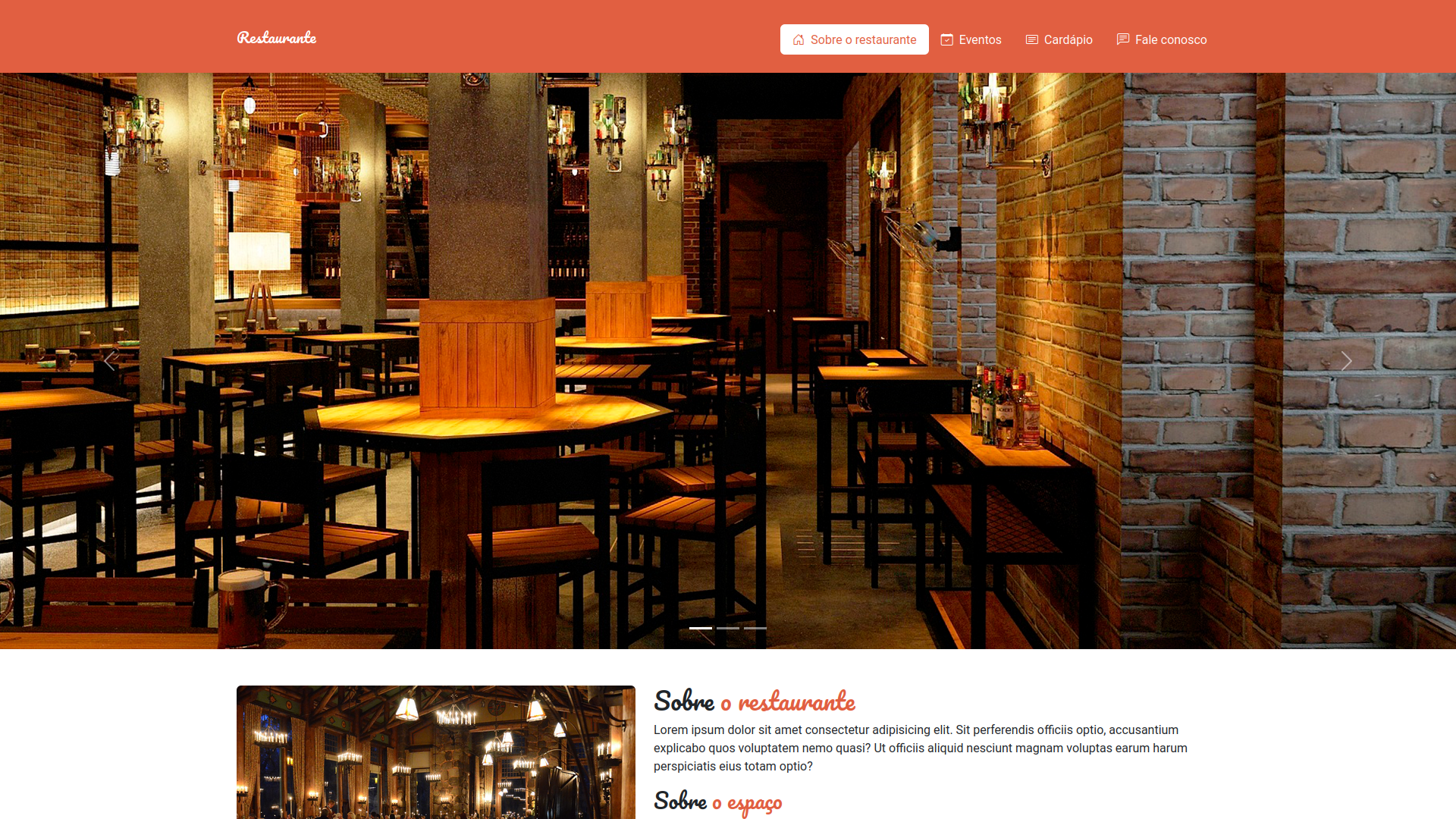

Hi
I'm Renan Pellegrini, and I started the "Fullstack Python Developer" course at the Escola Britânica de Artes Criativas e Tecnologia (EBAC) in February 2023, pursuing a career transition into programming. My goal is to gain strong skills in this field and contribute to challenging projects. With my passion for solving complex problems and dedication to learning new abilities, I am confident that I will be successful in this new career.
